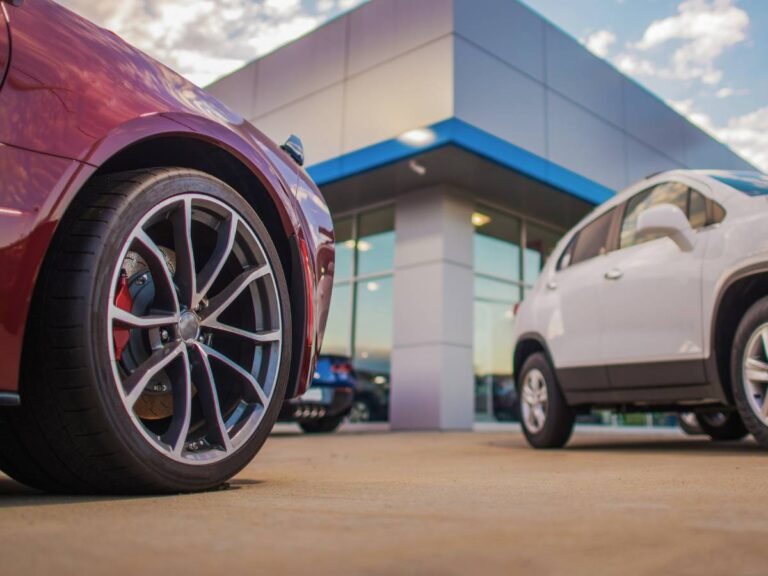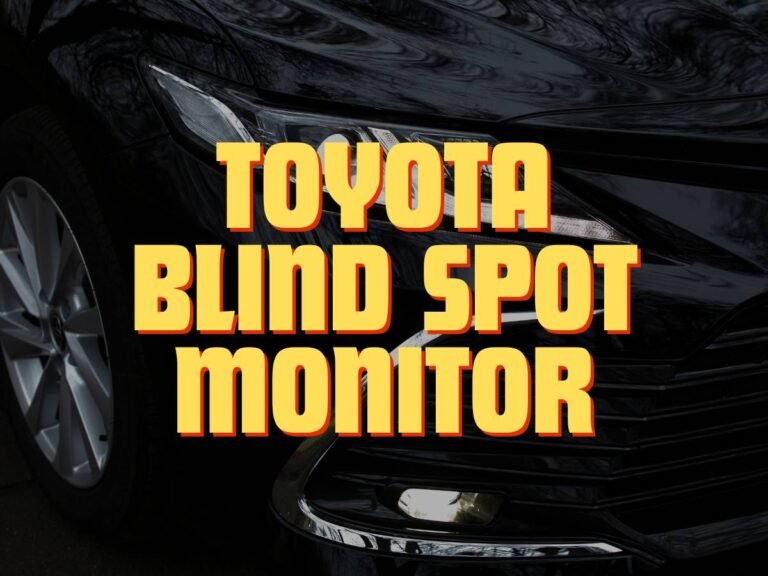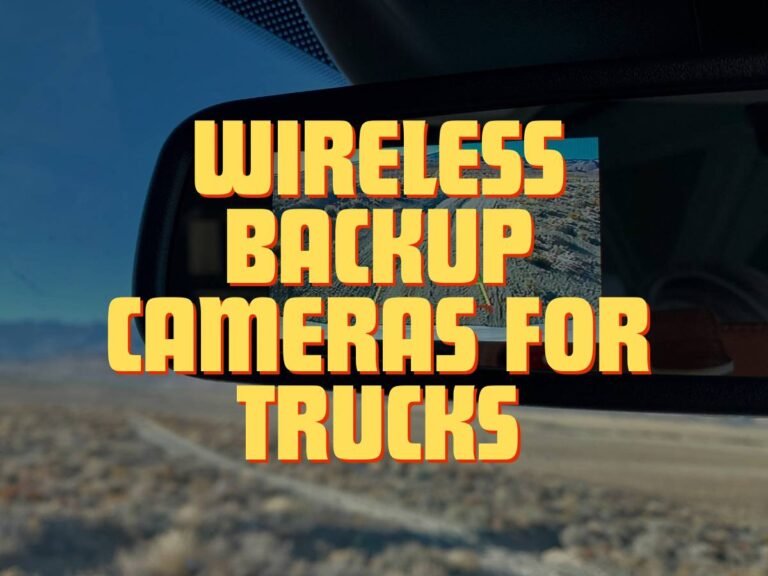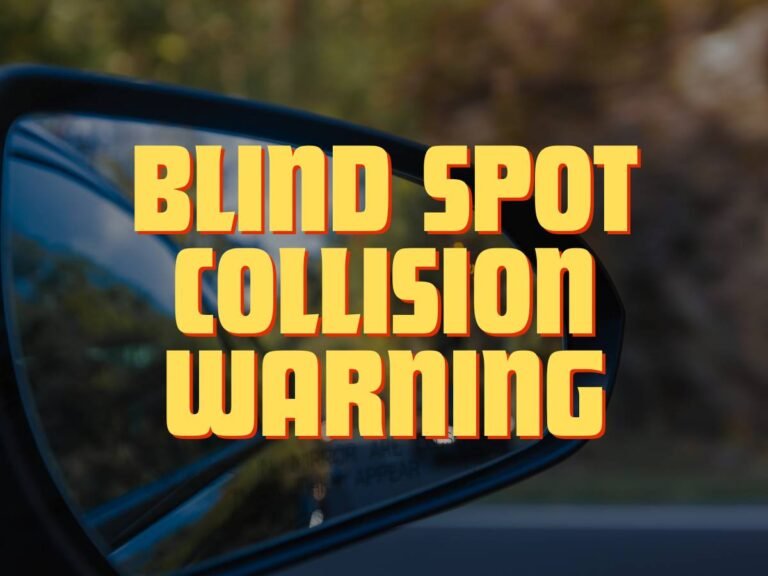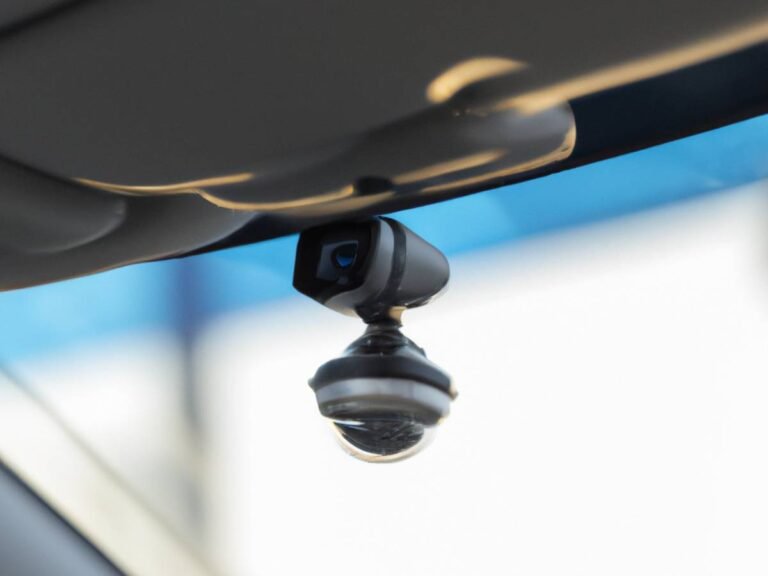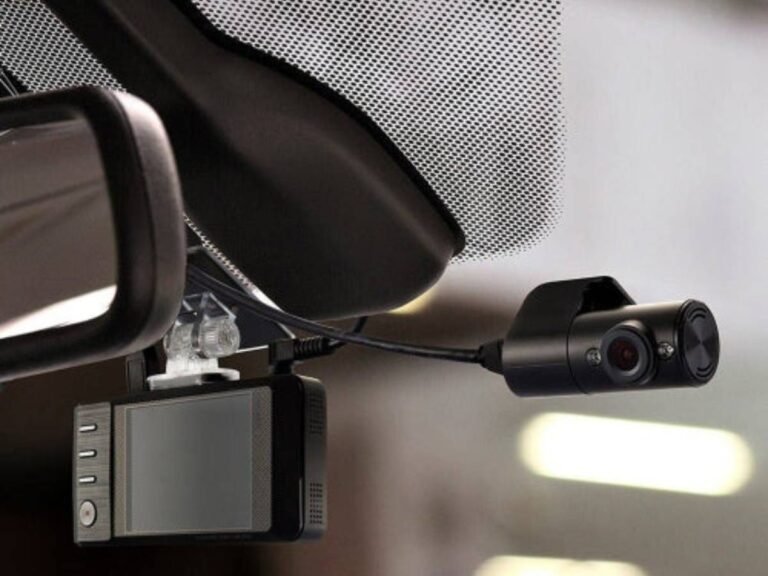Forward Collision System Unavailable – Causes & Fixes
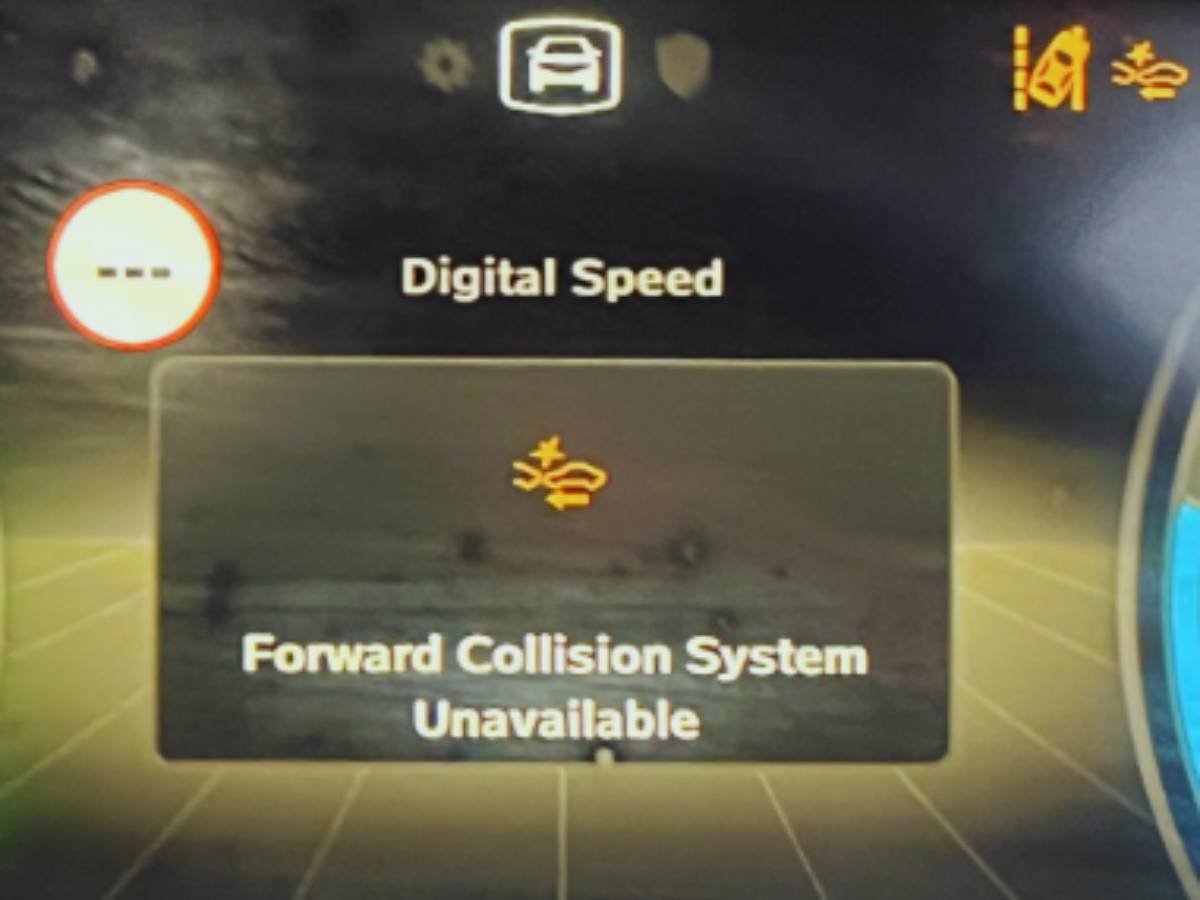
Forward collision system unavailable is a common error in various car models and companies. Generally, the root cause could be electrical issues, sensor failure, or software bugs. Fixing these problems might require technical experience or professional assistance. However, the first step is to identify the error.
Are you also facing the forward collision system unavailable error? There’s no need to worry. Solving this problem might be easier than you thought. The key is to identify the problem and fix it. This guide will tell you how to do it. Without any further ado, let’s get started!
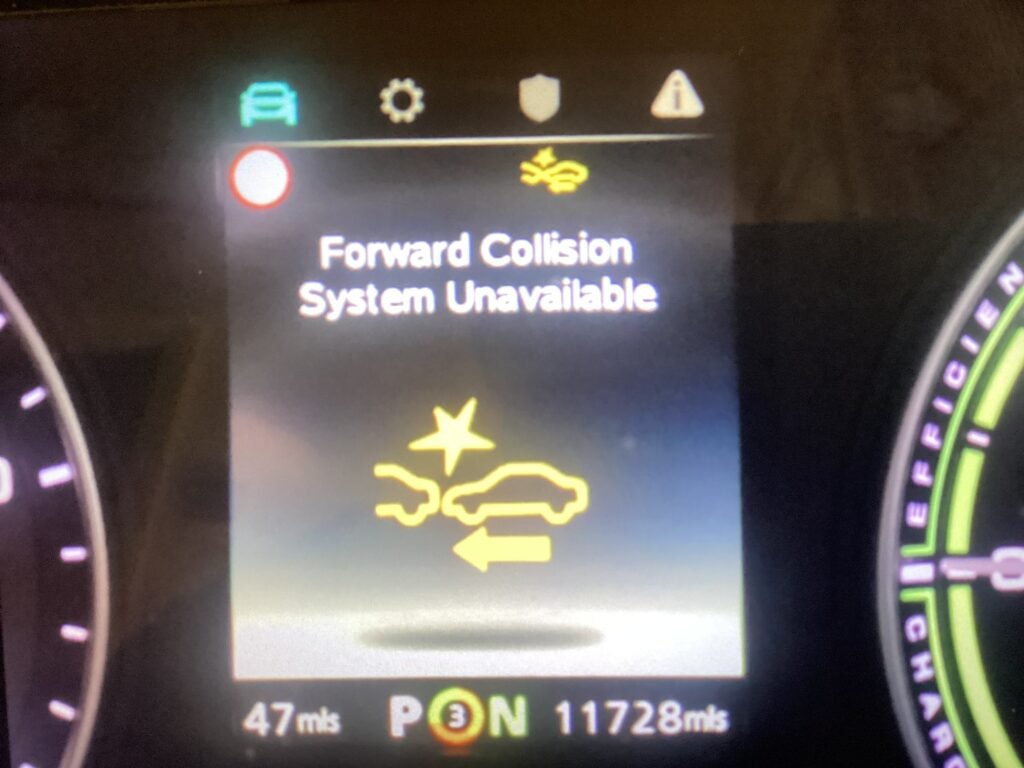
3 Causes Behind Forward Collision System Unavailable
The primary components of your forward collision system might be causing this problem. Let’s look at the 3 common causes:
1. Sensor Malfunction
Forward collision systems rely heavily on a network of sensors strategically placed in the vehicle’s front to detect obstacles or vehicles ahead. These sensors utilize various technologies like radar, lidar, or cameras.
Here are some potential issues causing sensor malfunction:
- Physical Damage: External factors such as road debris, harsh weather conditions, or minor collisions can damage the sensors, affecting their accuracy or functionality.
- Calibration Errors: Improper calibration during installation or maintenance can lead to inaccuracies in sensor readings, causing the system to malfunction.
- Interference: Electronic interference from nearby sources, such as other vehicles’ radar systems or electromagnetic signals, can disrupt sensor operation.
- Dirt or Obstructions: Accumulation of dirt, mud, or snow on sensor surfaces can obstruct their view and impede proper functioning, leading to false readings or system errors.
2. Electrical Problems
The functionality of forward collision systems heavily relies on the vehicle’s electrical system. It is considered the center of the entire system. Some of these key electrical components include the Control Module, Wiring Harnesses, Power Supply, and Connectors/Terminals.
The following are some common issues causing electrical problems:
- Wiring Damage: Wear and tear, corrosion, or rodent damage to wiring harnesses can disrupt electrical connections, leading to system errors or failures.
- Faulty Connectors: Loose or corroded connectors and terminals can cause intermittent electrical connections, resulting in system malfunctions or intermittent operation.
- Power Supply Issues: Voltage fluctuations, battery issues, or alternator failures can affect the stability of the electrical supply, impacting the performance of forward collision systems.
- Control Module Failure: Malfunctions or software glitches within the control module can impede its ability to process sensor data accurately, leading to system unavailability or false alarms.
3. Software Glitches
Software plays a critical role in the operation of forward collision systems. It facilitates communication between sensors, control modules, and other vehicle systems. The software is responsible for processing sensor data, analyzing collision risks, and executing appropriate actions.
Here are the common errors occurring in software:
- Bug or Coding Errors: Programming errors or bugs in the software code can cause unexpected behavior or system malfunctions, compromising the reliability of forward collision systems.
- Compatibility Issues: Incompatibility between different software versions or updates can lead to system conflicts or failures, especially when integrating third-party components or aftermarket modifications.
- Data Corruption: Corruption of critical software data or parameters can disrupt the normal operation of forward collision systems, requiring recalibration or software resets to restore functionality.
- Insufficient Updates: Failure to install timely software updates or patches can leave the system vulnerable to known issues or security vulnerabilities, increasing the risk of malfunctions or exploitation.

Diagnosing the Cause of Forward Collision System Unavailable
Now, we know the common causes behind the forward collision system unavailable. But which specific problem is responsible for your issue? You can only find that out by diagnosing the FC feature. Here’s how to do it:
Visual Inspection
Check for physical damage or obstructions by following these instructions:
- Assess the condition of sensors, wiring, and other components for any visible signs of damage.
- Remove any debris, dirt, or obstructions that may obstruct sensor functionality.
Diagnostic Scan Tools
Utilize professional diagnostic scan tools because:
- Diagnostic scan tools are advanced devices that interface with the vehicle’s onboard computer systems.
- These tools allow technicians to access real-time data, perform system tests, and retrieve fault codes to diagnose issues accurately.
Effective Solutions for Forward Collision System Unavailable
Let’s look at how to fix each problem causing the forward collision system unavailable error:
1. Sensor Calibration & Replacement
Sensor calibration is a critical maintenance procedure that ensures accurate detection and assessment of potential collision risks. Proper calibration aligns sensor readings with the vehicle’s dynamics. That optimizes the performance of the forward collision system and reduces the likelihood of false alarms or system unavailability.
However, calibration might not work if the sensors are damaged. Consider replacing your sensors when calibration fails to rectify issues or when sensors are damaged beyond repair. Similarly, Signs indicating the need for sensor replacement include persistent system unavailability, erratic behavior, or physical damage to sensors.
2. Electrical System Repair
Addressing damaged wiring harnesses, connectors, or terminals is essential to restore electrical continuity and stability within the forward collision system. Professional repair techniques involve identifying and repairing damaged sections, replacing corroded connectors, and ensuring secure electrical connections.
Faulty electrical components such as control modules, relays, or power supplies may require replacement to restore proper functionality. However, replacement parts should meet OEM specifications and compatibility requirements to ensure seamless integration with the vehicle’s electrical system.
3. Software Updates & Reset
Regular software updates by manufacturers contain bug fixes, performance enhancements, and compatibility improvements. These factors are essential for maintaining the reliability and effectiveness of forward collision systems.
Alternatively, software resets are effective troubleshooting methods to address system glitches. By restoring software settings to their default state or performing a system reboot, technicians can resolve temporary software issues and restore normal system functionality.
FAQs
Why do I keep getting a message that says forward collision system unavailable?
Forward collision warning unavailable likely due to blocked sensor (dirt, snow) or sensor malfunction. Have it checked by a mechanic if the warning light persists.
forward collision system unavailable in chevy?
Chevy’s forward collision system might be unavailable due to a dirty sensor (wash it!) or a sensor issue. Get it checked by a mechanic if the message persists.
forward collision system unavailable GMC?
Forward collision warning unavailable in GMC likely due to blocked sensor or malfunction. A mechanic check is recommended if the light stays on.
Conclusion
Hopefully, now you can resolve the forward collision system unavailable error. Remember that identifying the root cause is the first step. It can help you pinpoint the issue and eliminate it entirely.
Note that not all problems can be solved DIY, especially if you have no technical experience. In that case, consider opting for a professional consultant. A local automotive professional can help identify and fix the issue cost-effectively!

